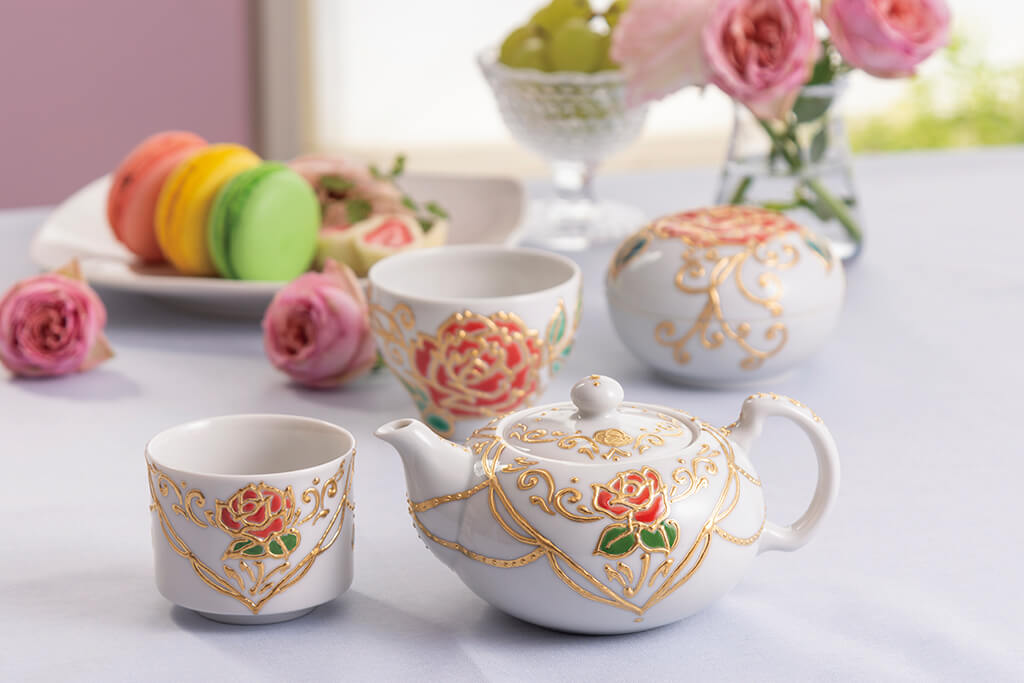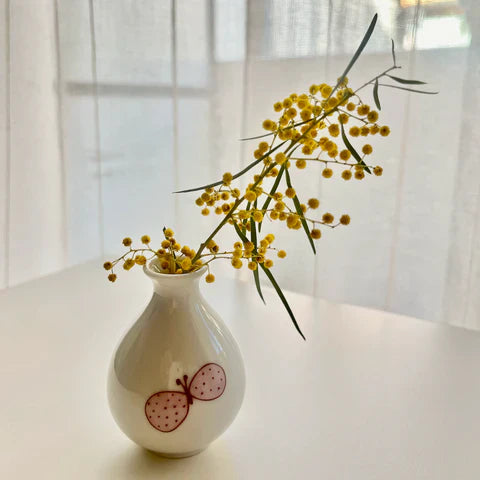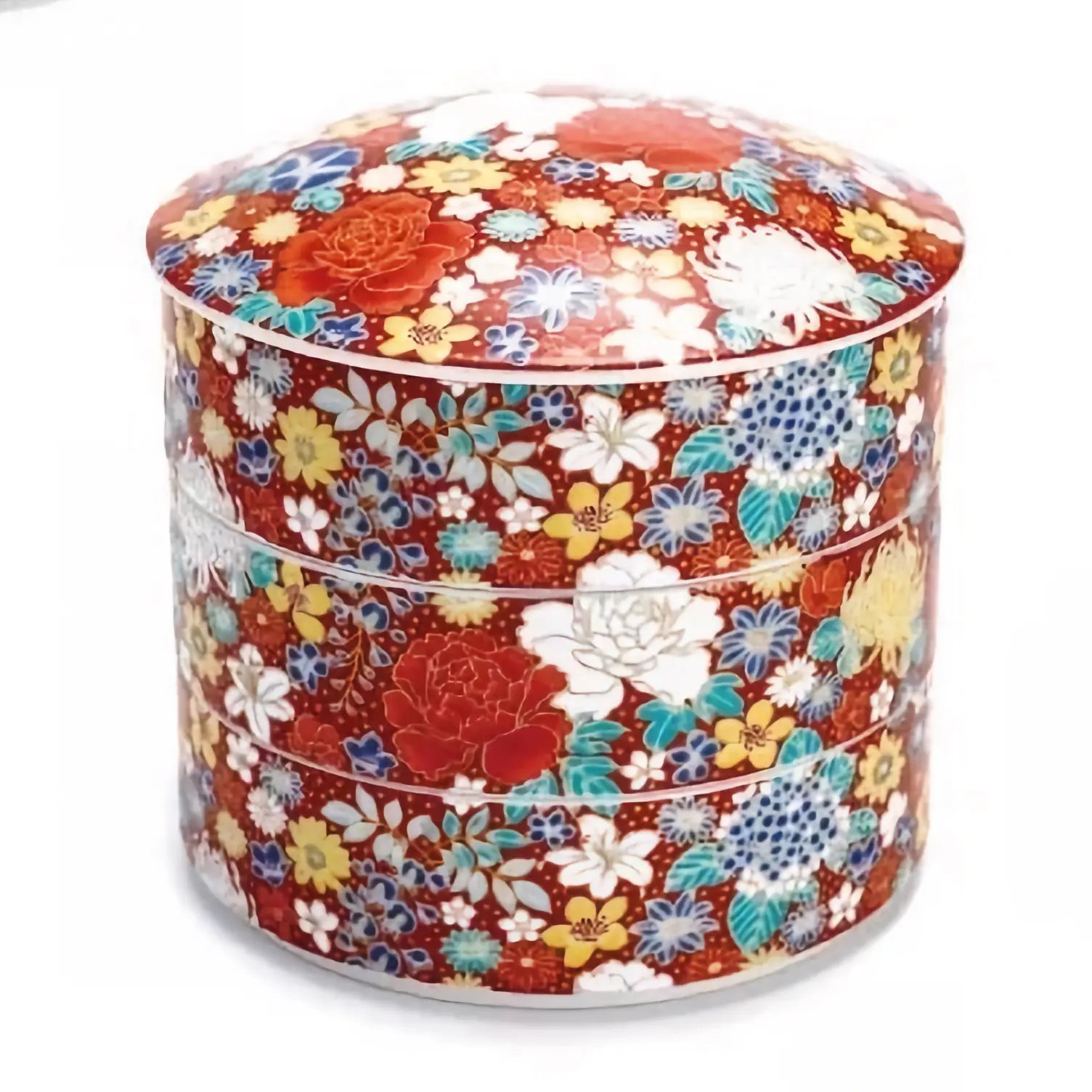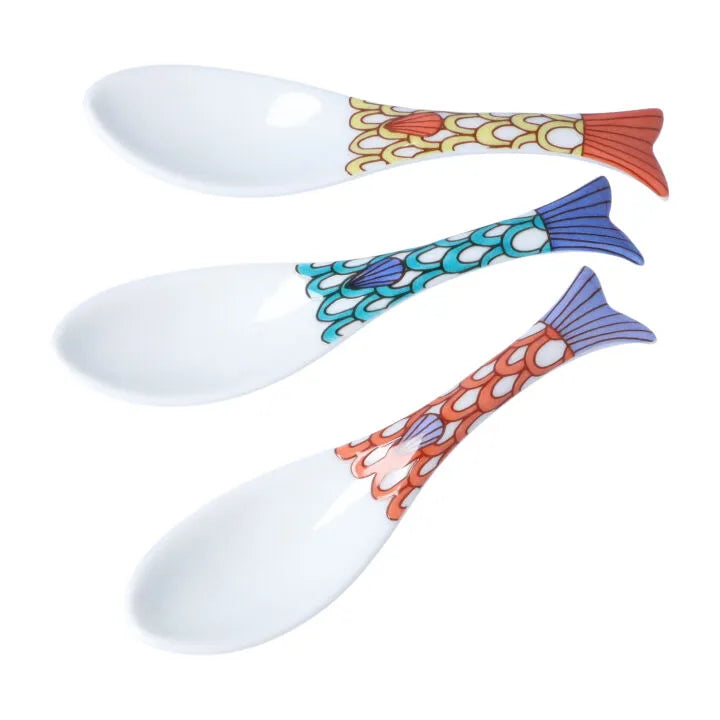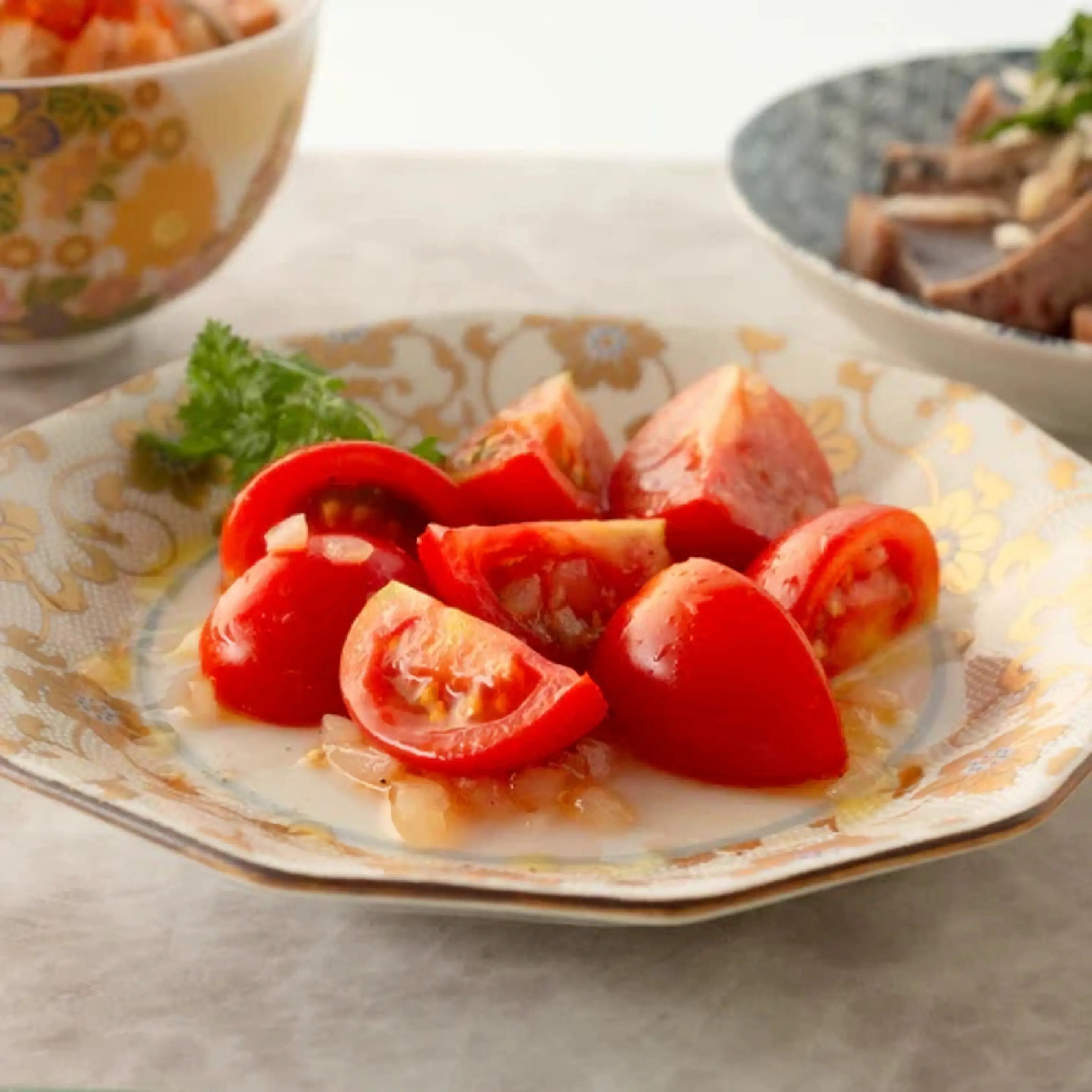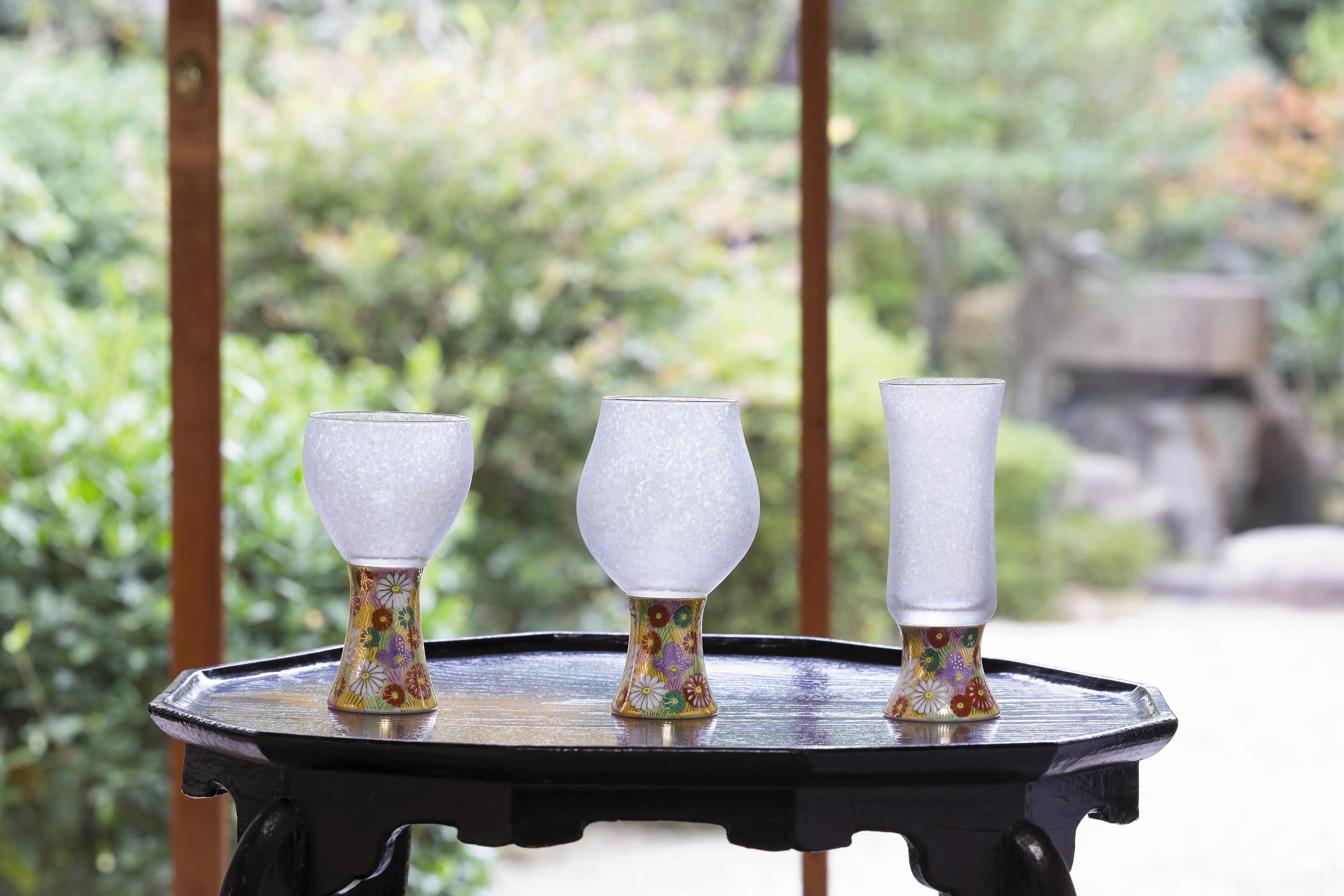Chopsticks originated in China and are believed to have been introduced to Japan during the Yayoi period (300 BC - 300 AD). At that time, chopsticks were mainly used during rituals and ceremonies, and were rarely used in everyday life. Unlike modern chopsticks, chopsticks from this period were simple carved tree branches.
The kanji for "ohashi" (chopsticks) is a bamboo crown. "Bamboo" means to connect gods and people (things), and the meaning of "ohashi" with the bamboo crown is said to be a tool that is a bridge between people and gods, and is a way to express gratitude to the gods. Because of this background, the use of chopsticks became a culture in Japan.
During the Nara period (710 - 794), the use of chopsticks began to spread in aristocratic society. During this period, metal chopsticks were also used under the influence of China, but wooden chopsticks were the norm. During the Heian period (794-1185), the etiquette of using chopsticks for eating was established among the imperial court and aristocracy, and chopsticks gradually began to be used in everyday life. After the Kamakura period (1185-1333), the use of chopsticks spread to the samurai class and they became established as eating utensils. Especially during the Edo period (1603-1868), chopsticks were widely used by the common people. During this period, high-quality chopsticks with lacquer and decoration began to be made and used as gifts and ceremonial items.
During the Meiji period (1868-1912), the influence of Western culture spread to Japan, and Western utensils such as forks and knives were introduced, but chopsticks remained central to Japanese eating culture. Even today, they are widely used as an indispensable utensil on the Japanese dining table.
Today, chopsticks are made from a variety of materials and designs, including bamboo, wood, plastic, and metal. There are also many different types of chopsticks for different purposes, such as disposable chopsticks and chopsticks used for special events and celebrations.
Chopsticks are not only eating utensils, but also symbols of etiquette and culture. For example, it is considered bad luck to hold chopsticks upright, and there are different ways to use chopsticks. These customs and etiquette are an important part of the traditional culture of the Japanese people.








